Alarm Shelving
Alarm shelving is the process of suppressing an alarm. To understand alarm shelving better we would first discuss the different types of nuisance alarms that operators come across on day to day basis in a process plant.
Nuisance Alarms
Alarms that keep on triggering excessively even after the operator takes corrective action are termed as nuisance alarms.
These alarms create nuisance inside the control room and unnecessarily divert the attention of the control room operator.
Types of Nuisance Alarms
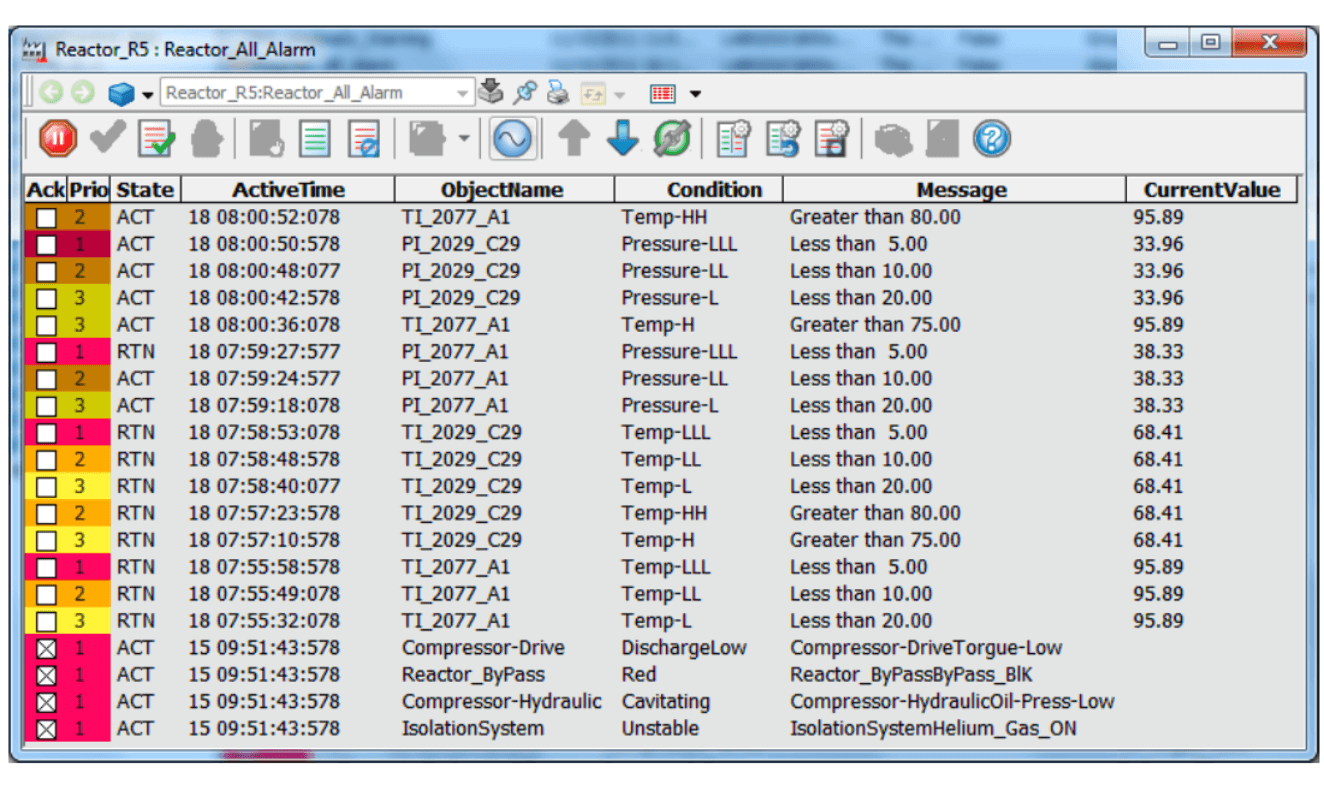
Nuisance alarms can be classified into-
Chattering Alarms
These alarms repeatedly transit between alarm state and normal state in a very short span of time (say for 1 second or 2 seconds).
These alarms come and go so fast that the operator doesn’t have time to acknowledge them. These are the most common types of nuisance alarms.
These alarms cause a lot of noise in the system and are the main culprits responsible for operator distraction.
Fleeting Alarms
A fleeting alarm is a type of nuisance alarm that appears and disappears frequently.
These alarms are also of very short duration, usually too short for the operator to act upon.
Unlike a chattering alarm, a fleeting alarm does not repeat immediately and this is the main difference between these two alarms.
Stale alarms
Alarms that remain on operators’ screens for days, weeks, months, and even years. These alarms don’t even go even after the operator takes corrective actions.
They appear every time the operator opens the alarm page.
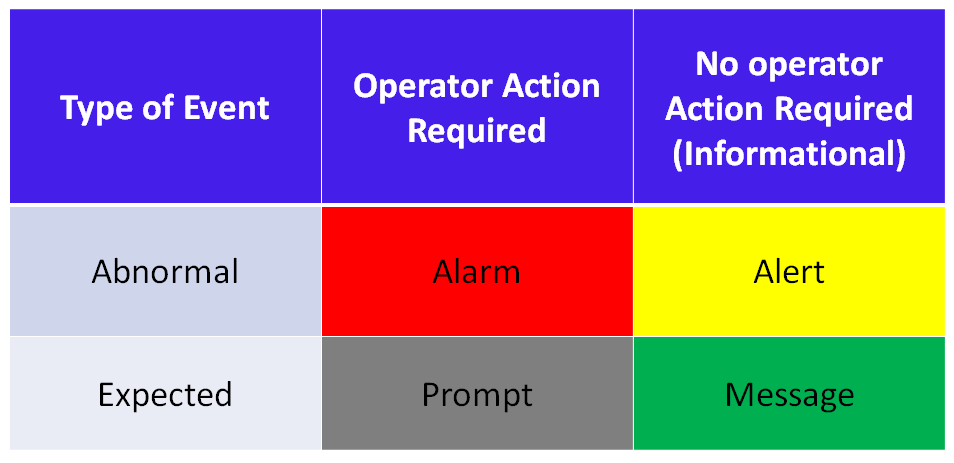
The above all types of nuisance alarms can cause either due to design issues or it can depict a faulty instrument or equipment. But one thing is sure, nuisance alarms divert the operator’s attention and focus.
Seeing these nuisance alarms on daily basis the control room operator tends to lose interest in these alarms and usually ignores the alarm screen and mutes the alarm hooter/siren. This is a very dangerous situation where the operator tends to ignore the alarms, as this can cause the operator to lose sight of any high-priority alarm.
To solve this issue of Nuisance alarms various vendors like ABB, Honeywell, Yokogawa, Schneider, and Siemens have introduced Alarm Shelving in their DCS system.
What is Alarm Shelving?
As already discussed alarm shelving is nothing but suppression of alarm.
Alarm shelving will help the operator to suppress/shelve the nuisance alarm and thereby in the process don’t miss the actual high priority alarm.
Alarm suppression can be of 03 different types
Dynamic Suppression
Suppression of alarms based on operating conditions or plant states.
For e.g. a pump discharge pressure transmitter is triggering a low-pressure alarm when the pump is not running.
In such a scenario, we use dynamic suppression where the alarm will automatically be suppressed by control logic when the pump is shut down and will enable the alarm when the pump is running.
Shelving
This mechanism is controlled by the control room operator, where a particular alarm is shelved/suppressed on a requirement basis.
For e.g. a particular transmitter has become faulty and is giving false alarms, in such a scenario an operator can suppress the alarm till the transmitter is fixed.
Out of Service
If a particular unit in a process plant is shutdown or out of service, we definitely don’t want to see the alarms of that particular unit on the alarm screen as it makes no sense to the operator.

So in such cases, we suppress the alarms related to that unit, the alarms will not pop up on the alarm screen till the unit is out of service.
Types of Alarm Shelving
There are two types of alarm shelving available. They are
Time-based alarm shelving
Here the nuisance alarm is shelved for a particular time period say for a few hours or days or maybe weeks. The idea is to shelve the alarm till the time the issue with the equipment or design is resolved.
So if a faulty transmitter triggering a false alarm can be repaired in a few hours by the maintenance team, the operator will shelve the transmitter alarm for a few hours.
But in case the repair will take weeks or months due to non-availability of spares then the operator will suppress for weeks or months.
Chattering alarms are best to be shelved on a time basis.
One shot shelving
In this, the alarm will be shelved only once and not every time it triggers.
So if any one-shot shelved alarm normalizes and then again goes into alarm state, it will be actually presented to the operator. Stale alarms are best to do one-shot shelved
Alarm shelving is designed for control room operators so that they can able to concentrate on important activities rather than getting distracted by such nuisance alarms. Every time they shelve an alarm they need to enter the reason for shelving.
The control room operator has to ensure that the appropriate work order/notification has been generated and the associated team has the knowledge against any alarm being shelved.
High priority & critical alarms should not have the functionality of being shelved.
If you liked this article, then please subscribe to our YouTube Channel for Instrumentation, Electrical, PLC, and SCADA video tutorials.
You can also follow us on Facebook and Twitter to receive daily updates.
Read Next:

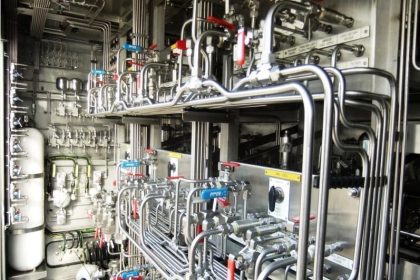



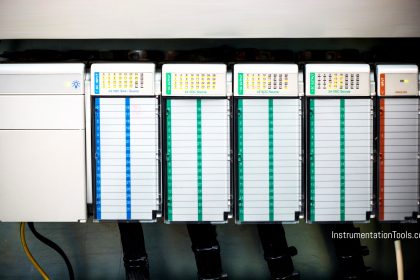
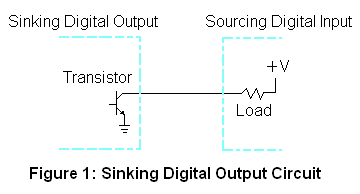

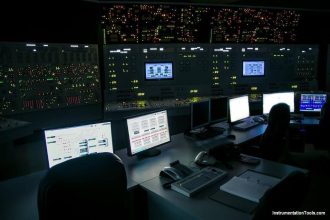
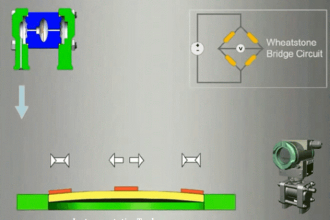
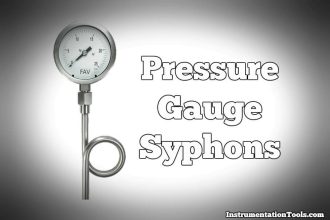
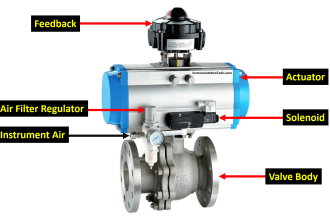





“Shelving” is a terrible term.
In layman’s terms, shelving something implies that you are finished with it and you are putting it away for a longer period. In the morning, when the alarm next to my bed goes off, I don’t go and put the clock on a shelf – I hit the snooze button or I turn the alarm off (there are no shelves involved). When I put a book on the shelf then I am finished with it, it’s done and I won’t be using the book again for a longer time – it’s not a temporary place for the book.
I know what you are going to say – “it’s an industry term and everyone knows what it means”. This is not a very progressive attitude and, in fact not everyone does know what it means. The existence of your article here demonstrates that this is a confusing term that needs to be explained.